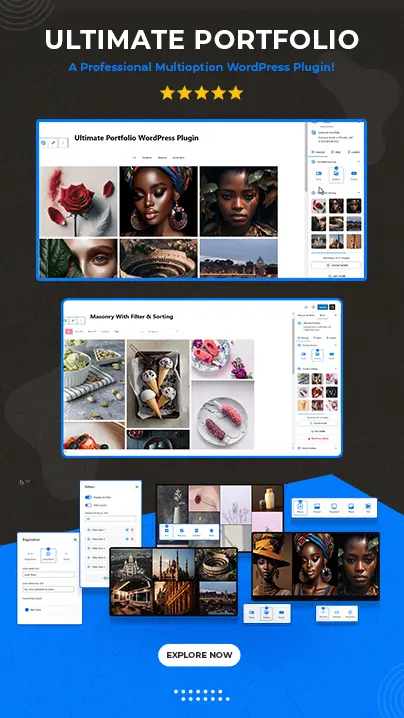
The site does not only display your products and services, but also targets customers globally. Building a website is a necessary way to provide greater value to your customers, attract potential buyers, and reach larger audiences. Generally, an individual who finds the site creative, inviting, and responsive, is much more likely to buy from that business.
Are you thinking about where and how to start? We have prepared the fundamental factors to consider in building a website suitable for your business.
1. Identify The Needs
Before setting up a website, determine its purpose. What drives your business to launch a website? Answering this basic question will help you to identify the format and layout of your website. Should it be an e-commerce platform, an online showroom, a blog, an info page, a vanity card? Generally, you need a site to display your products and services.
Then you must also identify the needs of your customers that your website should satisfy. For example, I need someone to write my essay for me. What will I expect to find on your website? As a customer, I need to see a transparent process, price calculation, testimonials, guarantees, and an intuitive interface that won’t keep me wandering for too long.
If both your needs and the needs of your customers are met, you should be able to create responsive, interactive, and user-friendly website.
2. Choose A Website Builder
Business website builder software are important allies in developing a site from scratch. There are popular web builders in the market today such as WordPress, Wix, Weebly, Paperform, Squarespace, and many others.
You don’t need to worry about the programming languages since builders provide visual and intuitive drag-and-drop editing. Moreover, web builders have SEO and analytics features built-in which can help you to improve the ranking of your pages.
Some web builders have a possibility of adding different third-party plugins. Those can be used to fine-tune the website for your business needs – email newsletters, shopping, check-out, etc. You can check these best website builder reviews to find out more details.
3. Get A Domain Name And Hosting Agent
If you are a small company or an individual webpreneur, you might try having one of the subdomains that companies like Weebly, WordPress, and Wix offer for free. Yet custom domain name makes your URL unique and professional, so it’s worth the investment.
The best practice is to go for a clear domain name that contains short words, is easy to remember and not a pain to type in. The .com is the most popular domain to use since it’s known to many as a default. If your website name ends with .org or .net, there is a chance that customers will unwittingly replace it with .com trying to type it in. However, some companies get creative with .me, .ly, and .us, because they sound fresh can be integrated as a part of a brand name (musical.ly, del.icio.us, spotify.me).
If you want to market your business faster, you should use a hosting agent. A hosting service helps the website operate smoothly without downtimes and crashes. If you are just starting with a website, you can do free trial runs or have a starter-level domain name and hosting service package for affordable cost.
4. Start Creating Your Content

Site builders offer a wide variety of customizable templates with a well-planned menu, dropdown lists and pages to display all the relevant information about your business (home, services or products, about us, contact us, FAQs, and more). All you have to do is to fill in the information about your business.
Choose a suitable template and make sure to customize the background, logo, favicon, social media pages and all those details that make your site look professional. You may also create a section with comments for testimonial purposes.
Create a simple and user-friendly interface to help customers with their research and inquiries. Drop everything that you don’t need, even if it looks nice – some templates do have superfluous stuff. However, don’t kill a customer query form. It is one of the most important features since it decreases the chance of spam (your business email isn’t exposed to the public).
You can have a blog integrated into your website where you can write guides about your products and services, post news about your business, announce sales and launching of new product lines. However, make sure that your blog offers useful information or at least some entertainment value to your customers. Don’t use it purely as an advertising platform, otherwise, no one will read it.
Before creating texts, titles, and tags take time to do keyword research for SEO purposes. If it’s difficult for you to start from scratch, hire a freelance SEO specialist to do the work for you and to teach you about the basics.
5. Run The Web And Mobile Tests
A website should be mobile-ready. Most of the people around the world use their smartphones to search for products and services. Putting together a design that will look equally appealing on every screen and in every medium is tricky, but it is mandatory. If you will set up this feature, it will ensure higher sales to your business.
Put yourself in your customer’s shoes and start testing out the web and mobile. Make sure all the plugins are working and the functionality runs smoothly. Test the emails, subscriptions, and autoresponder. Check the loading time and responsiveness of the site. Can it operate at high speed? You may also hire a freelance developer to run the tests of your site.
